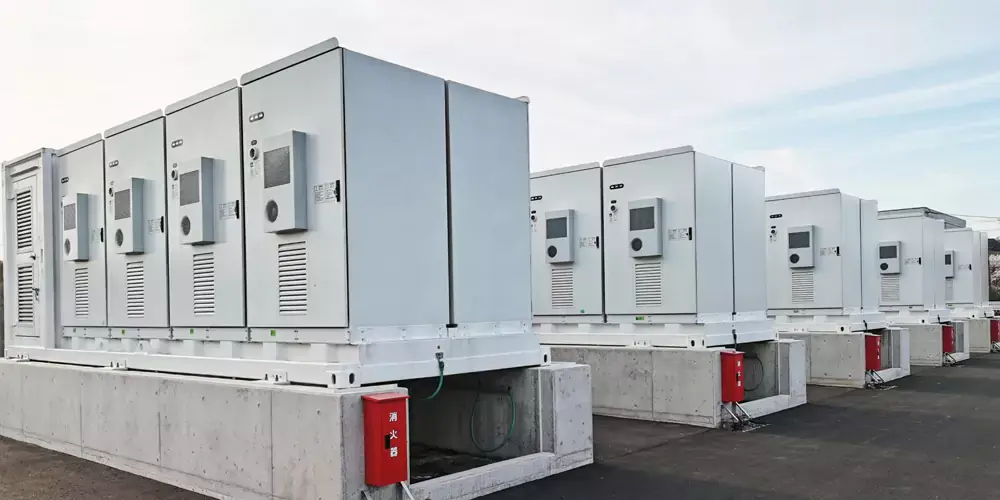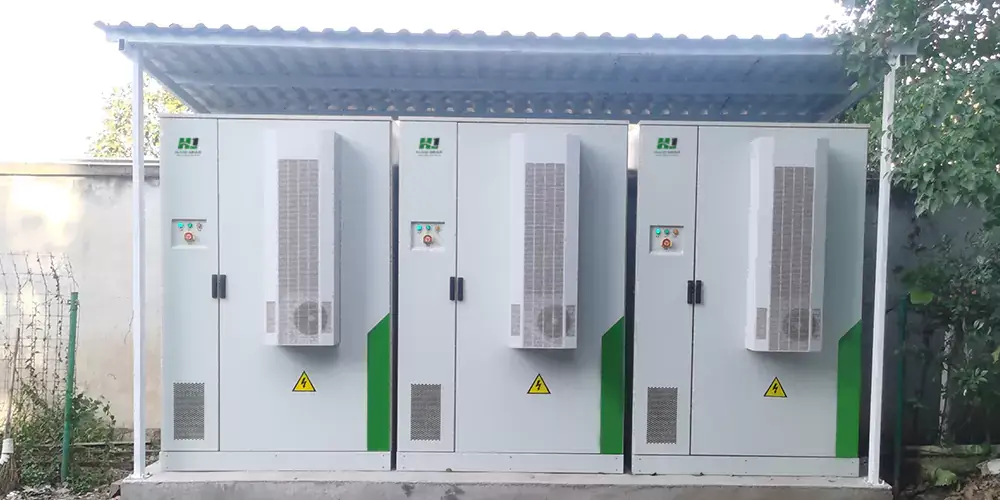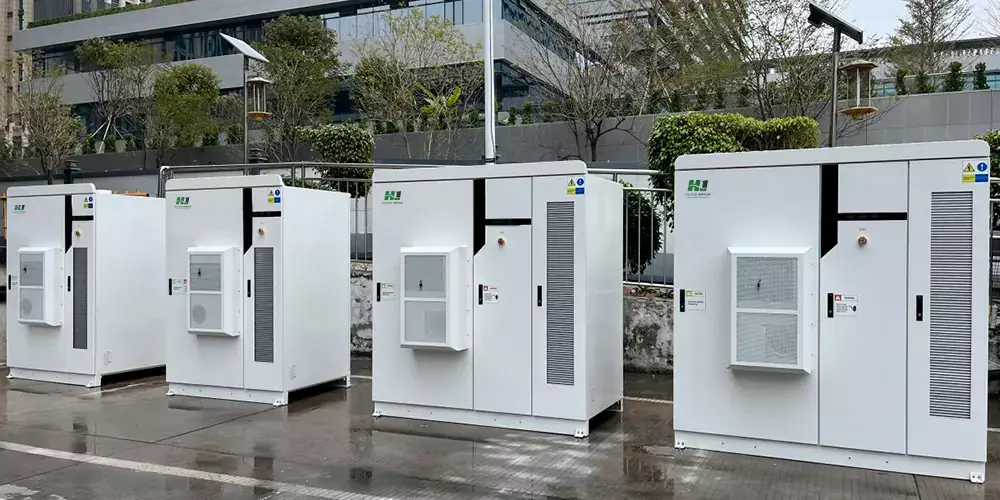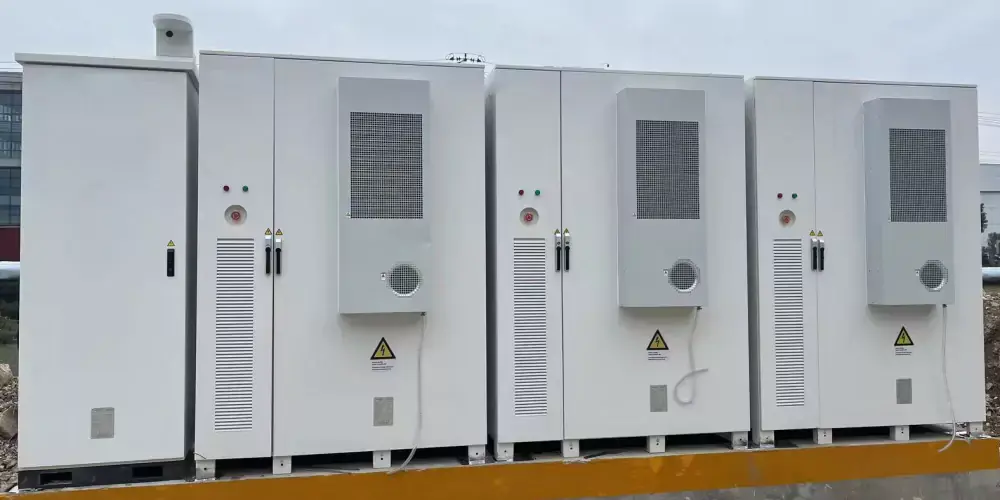Solar combiner box: definition, core functions and working principle
The Role of the Combiner Box in Solar Power Systems
In the solar power sector, the combiner box plays a crucial role. It not only consolidates the current output from multiple solar panels but also provides protection and fault monitoring functions, ensuring the safe and efficient operation of the solar system. This article will delve into the definition of the combiner box, its internal working principles, advantages and disadvantages, and discuss how it improves the performance and safety of solar installations.
What is a Combiner Box?
A combiner box is an electrical device used in solar installations to combine the output current from multiple solar panels into a single circuit, improving system efficiency and offering safety features like overcurrent protection. It is equipped with fuses or circuit breakers to protect each solar panel and the entire system from electrical faults.

Advantages of a Combiner Box
Efficiency improvement: Combines the output of multiple solar panels, reducing power loss.
- Enhanced safety: Built-in circuit breakers or fuses prevent overloads and short circuits.
- Ease of monitoring and maintenance: Centralized power lines make inspection and maintenance more convenient.
- System scalability: Facilitates the addition of extra solar panels.
- Simplified installation: Reduces electrical wiring and lowers installation complexity.
- Neat design: Minimizes scattered wires and offers a more professional appearance.
Disadvantages of a Combiner Box
- Increased cost: Adds additional equipment and installation costs.
- Energy loss: Although small, energy loss does occur.
- Space requirement: Needs adequate installation space.
- Maintenance needs: Requires regular inspection and maintenance.
- System complexity: May add to the operational complexity of the system.
How Does a Combiner Box Work?
The combiner box in a solar photovoltaic (PV) system aggregates the electrical output from multiple solar panels into a single conduit, which is then fed into the system’s inverter. Inside the combiner box, each solar panel connection is equipped with a fuse or circuit breaker to prevent overcurrent and potential electrical faults. This setup simplifies wiring, reduces installation complexity, and enhances safety by isolating electrical issues to a single solar panel without affecting the entire array.
Types of Combiner Boxes
- Standard Combiner Box: A basic type used to combine output currents and send them directly to the inverter.
- PV Combiner Box: Used in large commercial or industrial solar power plants, providing protection against overcurrent and voltage fluctuations.
- String Combiner Box: Handles the output of multiple strings and combines them, typically includes monitoring systems.
- DC Combiner Box: Used for systems with DC output, equipped with protection and switching functions.
- AC Combiner Box: Combines multiple AC outputs and sends power to the grid or a central PV system.
- Smart Combiner Box: Equipped with advanced monitoring and communication features, tracking performance data of each connected string or panel, detecting faults, and offering remote diagnostics.
How Does a Combiner Box Improve Solar Installation Performance?
- Power management: Combines the output of multiple panels, improving power transmission efficiency.
- System safety: Built-in protection devices like fuses and circuit breakers prevent overloads and short circuits, ensuring stable system operation.
- Monitoring and maintenance: Equipped with monitoring features for real-time detection and fault diagnostics, simplifying maintenance.
- Simplified installation: Reduces the number of cables directly connected to the inverter, lowering installation complexity and cost.
- System scalability: Easily allows the addition of new panels and supports system expansion on demand.
How to Choose the Best Combiner Box?
- System capacity: Ensure the combiner box can handle the total current and voltage of all solar panels, with enough input ports.
- Voltage and current ratings: Select one that meets or exceeds the maximum output of the solar panel array.
- Protection features: Consider a combiner box with comprehensive protection, including overcurrent, surge, and reverse current protection.
- Monitoring capabilities: Opt for a combiner box with monitoring features to track the performance of each solar string.
- Durability and quality: Choose a combiner box with strong weather resistance and relevant safety certifications (e.g., UL certification and IP65 rating).
- Installation and maintenance needs: Ensure the design of the combiner box supports easy installation and maintenance, with features like secure fuse holders and clear labeling.
Conclusion
The combiner box’s role in a solar system is to aggregate the power output of multiple solar panels, simplifying wiring complexity, maximizing potential energy output, and significantly enhancing the efficiency and safety of photovoltaic equipment. Through this article, you can understand the definition, advantages, disadvantages, and role of the combiner box. Hopefully, this information helps you choose the most suitable combiner box for your solar installation.
Contact us
- Email:[email protected]
- Tel: +86 13651638099
- Address: 333 Fengcun Road, Fengxian District, Shanghai
Get A Quote Now!





